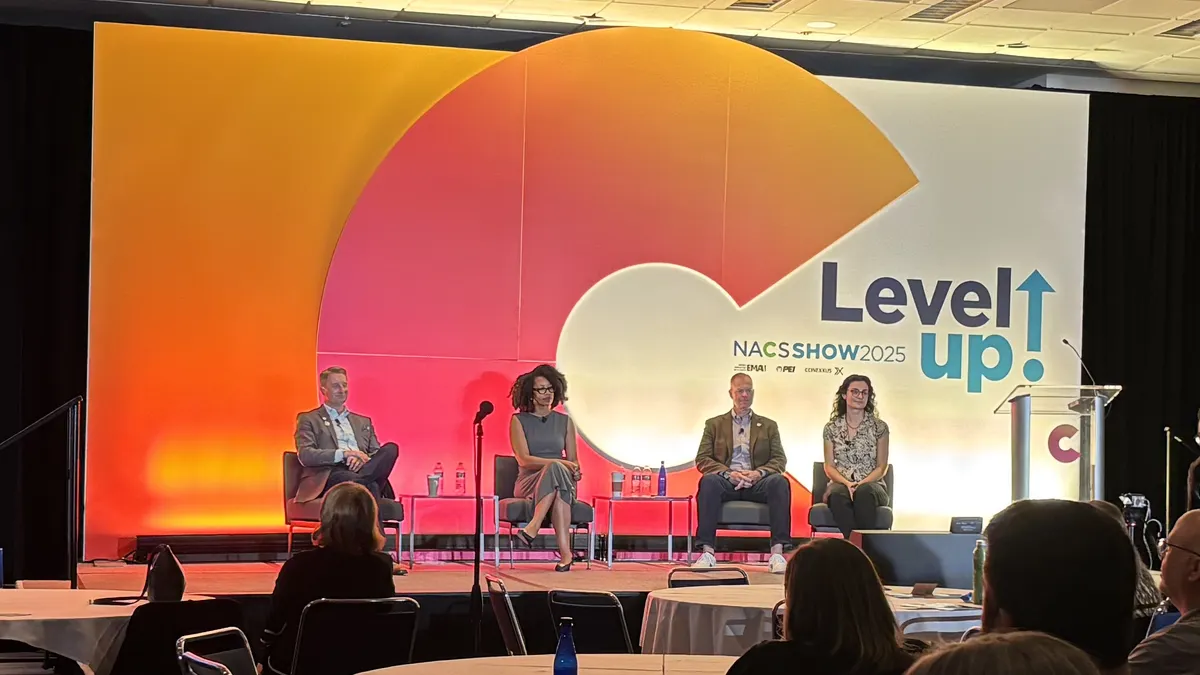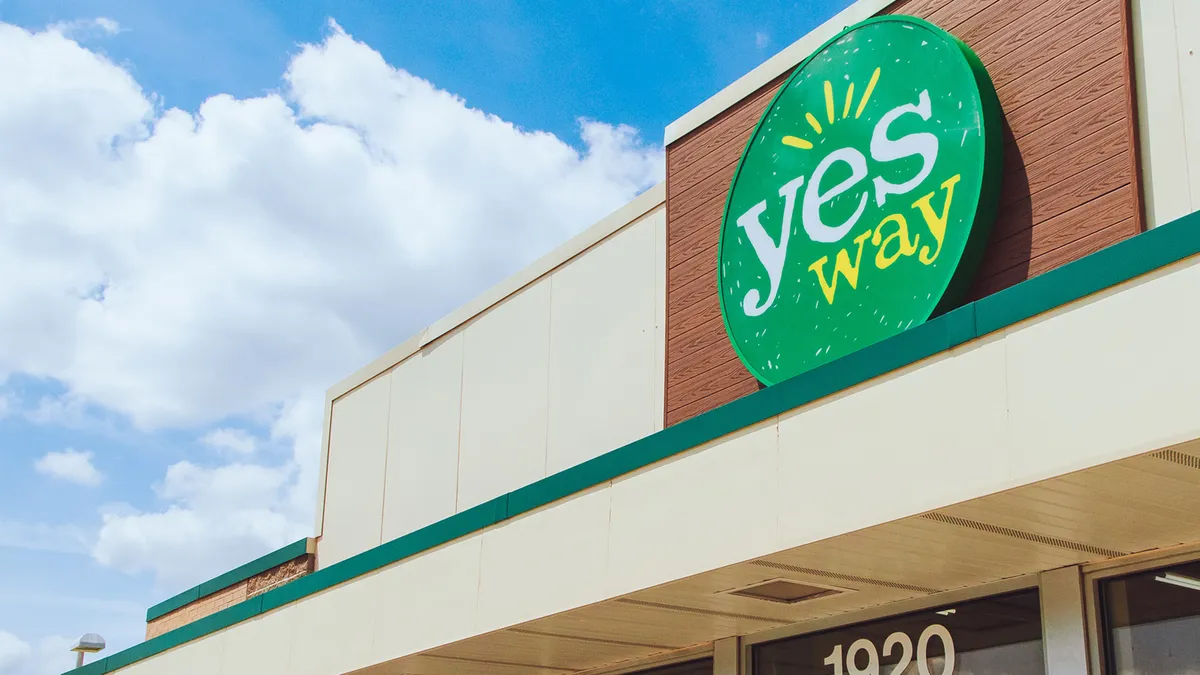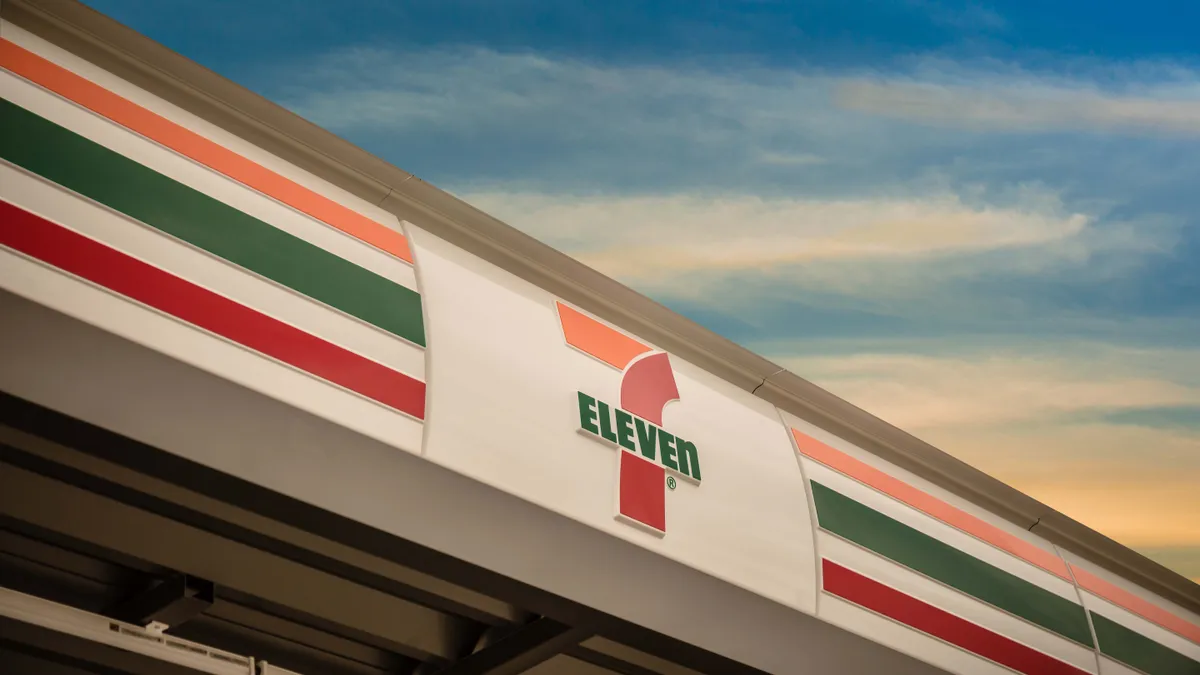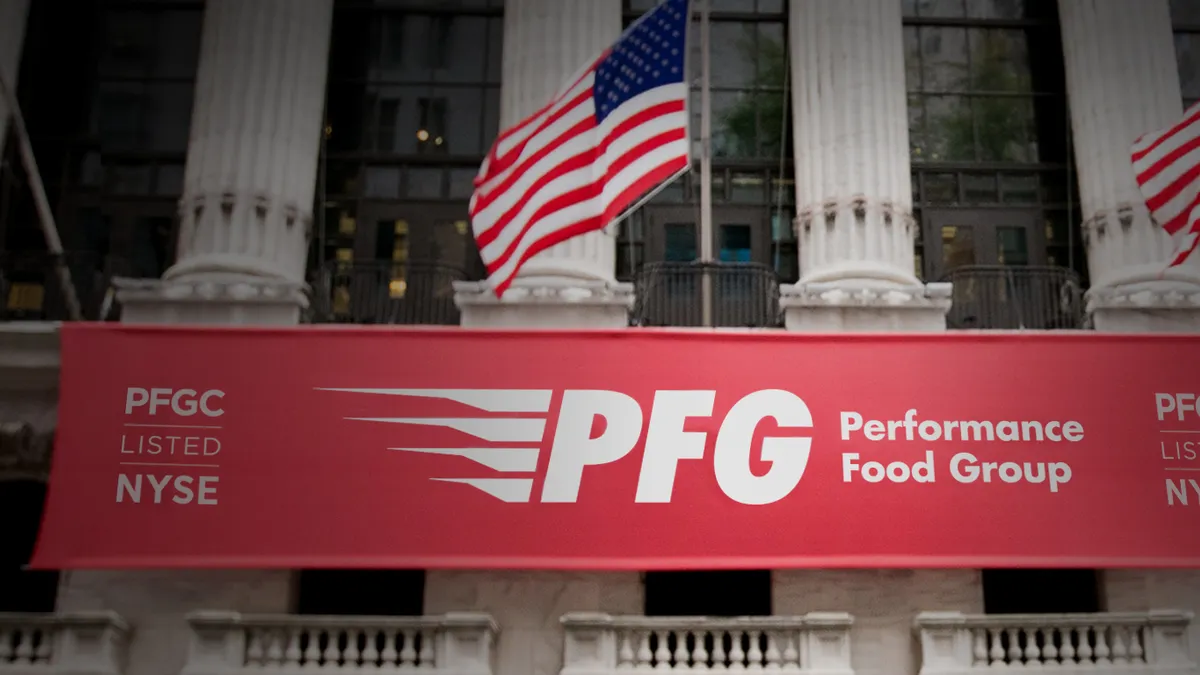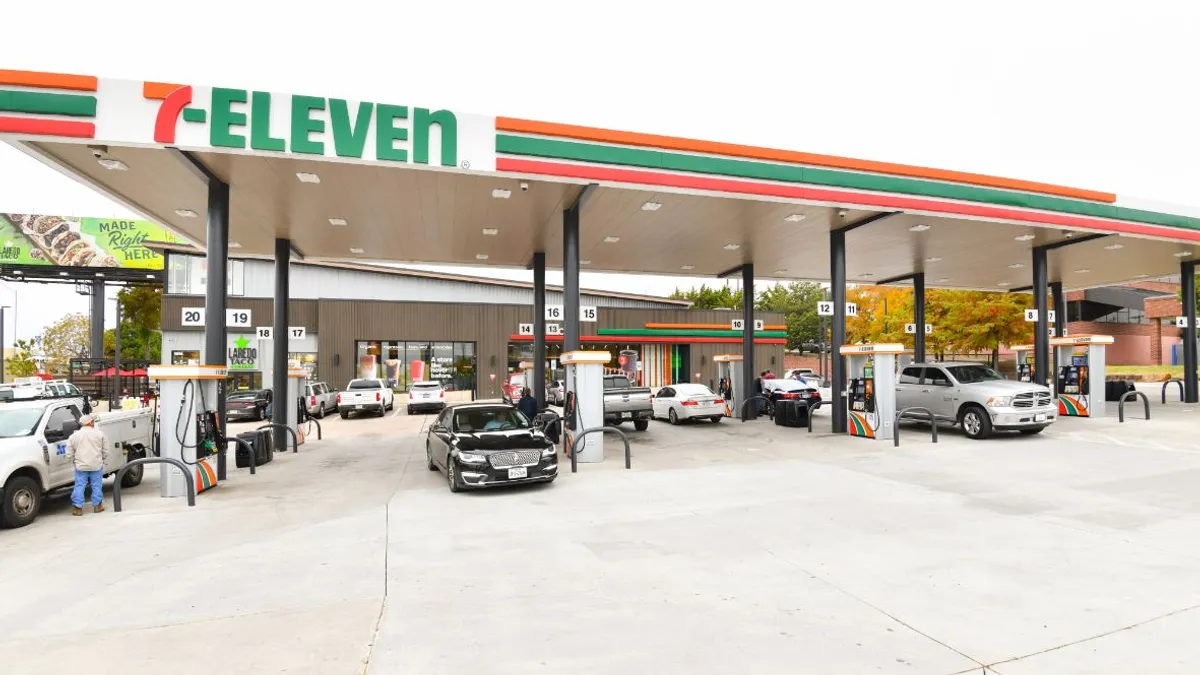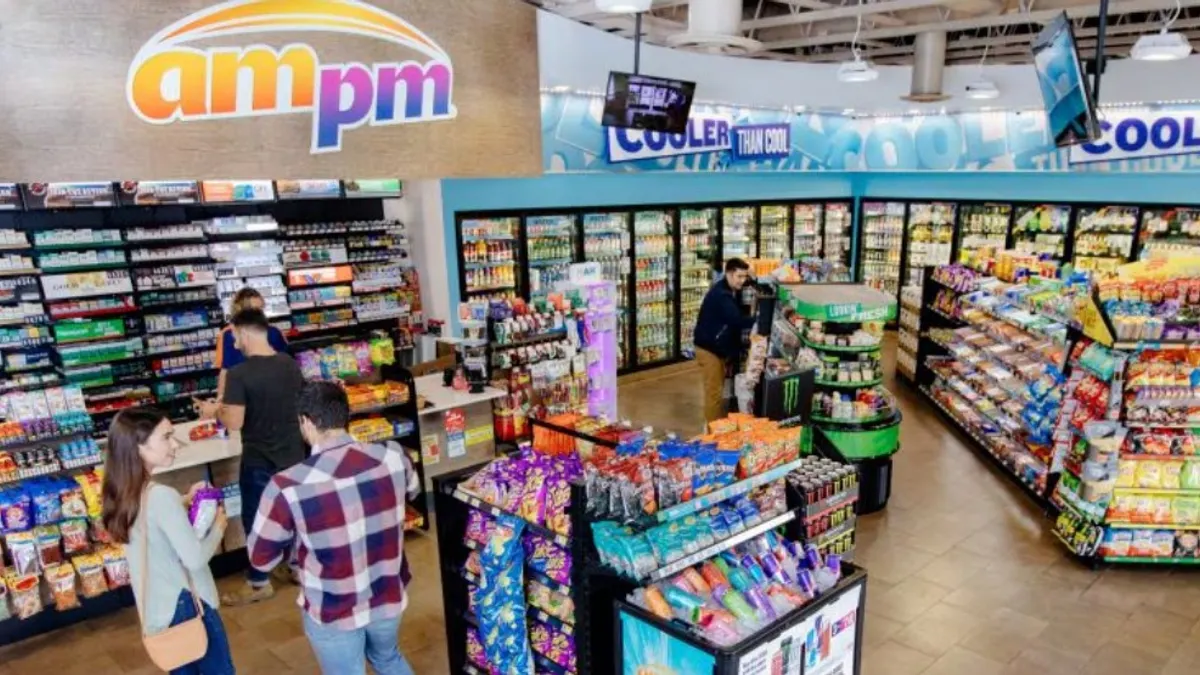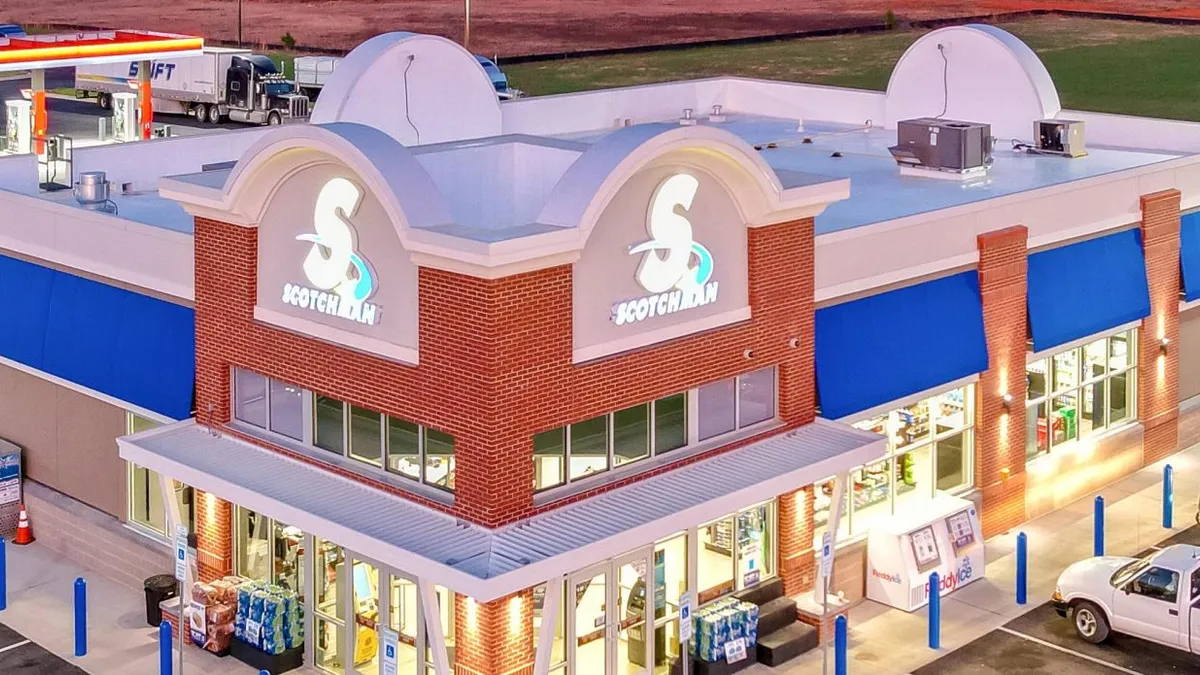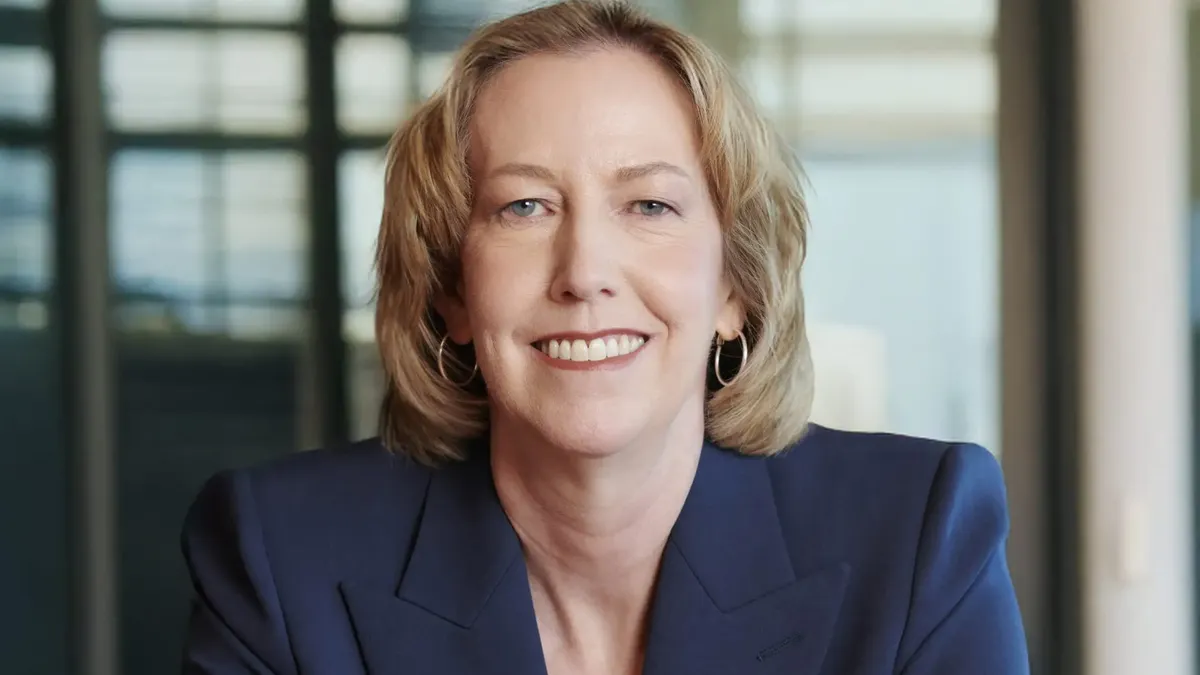Anyone who attended last month’s 2025 NACS Show saw the variety of food to sample, from Krispy Krunchy Chicken to the multitude of snacks and drinks to the elaborate foodservice setups offering entrees and sides.
Fewer people may be aware that after the show, 60 tons worth of food, drinks and supplies were donated to five food banks in the Chicago area. Between the food and monetary donations from companies like Vontier, the show ended up providing more than 100,000 meals to families who needed food assistance.
While providing tens of thousands of meals in a week is a rare feat — and well above the amount donated from the NACS Show the last two years — retailers can build their own food donation programs to make a difference in their communities, experts explained during a panel at the show.
Getting started
Food insecurity impacts people from all walks of life, including an estimated 7.4 million seniors and as many as 20% of all U.S. children, according to a study by Feeding America. Kevin O’Connell, executive director of the NACS Foundation, the organization’s charitable arm, said a representative from a food bank told him in July that they were giving food out as fast as they got it.
Jason Read, Wawa’s director of store operations, noted that Wawa learned some of its own employees need help to make ends meet.
“If you think that this is affecting some other community or some other group of people, we're here to tell you that you're likely wrong,” said Read. “It's happening in your four walls.”
And the opportunity to donate is significant. Multiple panelists noted that only 12% of the unused food in the United States gets donated, meaning the majority gets thrown out.
Read said that one of the hardest parts of setting up a food donation program is deciding to do it.
“I can't begin to impress upon you how easy it is to execute this on a daily basis, whether you have one store, 10, 100 or more,” he said.
Wawa began its food donation program in 2013 in conjunction with nonprofit Food Donation Connection. The company’s quality assurance team designates what items to donate, and stores have refrigerator and freezer space set aside for perishable donations. FDC then comes to Wawa locations with green thermal bags to collect the food, which it brings to organizations that can distribute it to community members. Wawa donates a variety of items, including cooked, prepared foods as well as individually wrapped items from its bakery, Read said.
“I can't begin to impress upon you how easy it is to execute this on a daily basis, whether you have one store, 10, 100 or more."

Jason Read
Wawa’s director of store operations
While Wawa’s program includes hundreds of stores and has donated 150 million pieces of food since its inception, retailers can start much smaller. Sammie Paul, executive director of foodrecovery.org, suggested picking one or two locations and running a pilot to get a feel for the process.
“Think of groups that have a really strong on-site advocate,” she said. “Take advantage of folks that might be particularly eager to get this started, and that's perfect for a pilot.”
Even if their donations don’t have a regular cadence, companies can still schedule food pickups. Retailers can create an account on foodrecovery.org, then make a post whenever they have items to donate. That post is then sent to local organizations that can claim those items.
Goodr, which works with several c-store partners nationwide and helped Krispy Krunchy chicken donate around 340 points of food from the NACS Show, also helps connect retailers with companies in need of food to distribute.
“We handle the logistics, compliance, and reporting, making it easy for stores to track their environmental and social impact while reducing waste and improving sustainability scores,” said Mitchell Tanzy, partnerships manager for Goodr, which leverages logistics and technology to facilitate donations.
The recently formed National Food Recovery Association can also help retailers find local organizations to donate to.
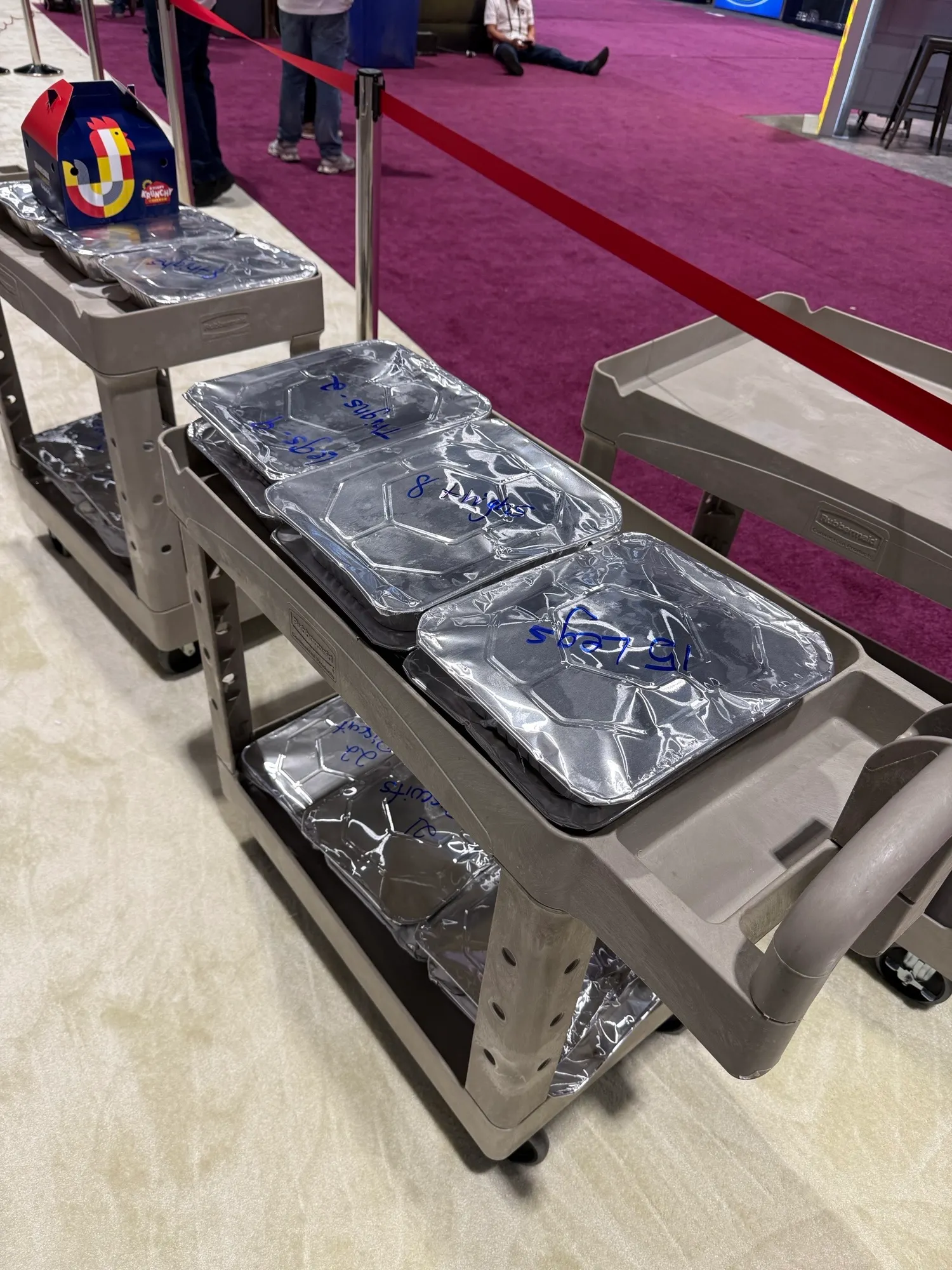
Legalities and impact
Many businesses, especially smaller ones, may worry about liability and other potential legal pitfalls that could come with food donation.
“There is a law called the Bill Emerson Good Samaritan Food Donation Act that, if you do everything the right way, will prevent you from getting sued,” said April Love, clinical instructor for Harvard Law School’s Food Law and Policy Clinic.
She said the act protects all donors and intermediaries as long as they follow a few rules. First, the food must be “apparently wholesome,” which means that it’s something the donor would consider safe to eat. Second, the donations must go through a nonprofit unless the company is a qualified direct donor. And third, the food must be donated in good faith as a way to help those in need.
Certain items may be more complicated than others to donate. Hot items, for example, will need to be lowered to a cold or frozen temperature to prevent bacteria. There are also simpler options.
“You can start with shelf-stable items only,” said Paul. “A lot of groups we work with start with that …You can really start small, and it makes such a difference.”
Paul also noted that organizations on foodrecovery.org may take “expired” food, depending on the item and the laws in that area. She just said anyone donating such items should be transparent with the organizations. For instance, a sealed item that’s one day past its best-by date is probably fine.
Complicating the matter is the fact that there are multiple different date labels in use in the United States, so the date on one may be a best-by date, while another may be an actual expiration date.

“The hodgepodge of different date labeling laws, state to state, really contributes quite heavily to a lot of the food waste that's happening in households, of course, but in stores, hotels, schools as well,” added Love.
Beyond helping their communities, retailers who donate food can also gain tax benefits. Different types of companies can get different levels of return — for instance, Love noted that a C corporation can deduct up to 10% of its taxable income if it donates enough food to reach that level.
With company values also increasingly important to U.S. workers, Read noted that programs like this can attract new workers and instill a sense of pride in existing employees.
“What is the company that I'm looking at, from an employee standpoint, doing to better the community that I am going to work in?” said Read. “This isn't just a hey, how do we feed the community? It's how do we connect with the hearts and minds of the associates that we have within our four walls, and then also those that we are trying to recruit?”


